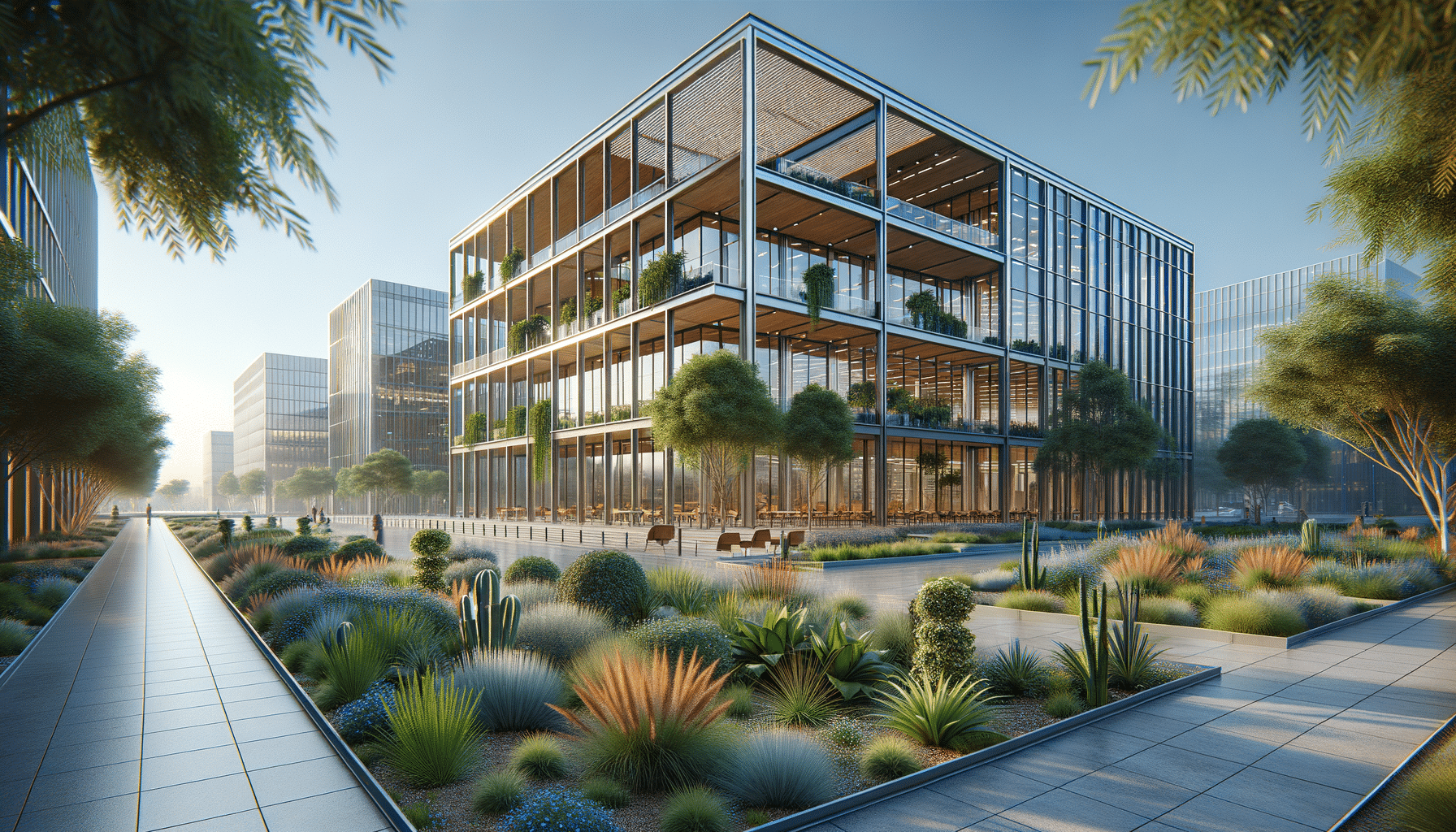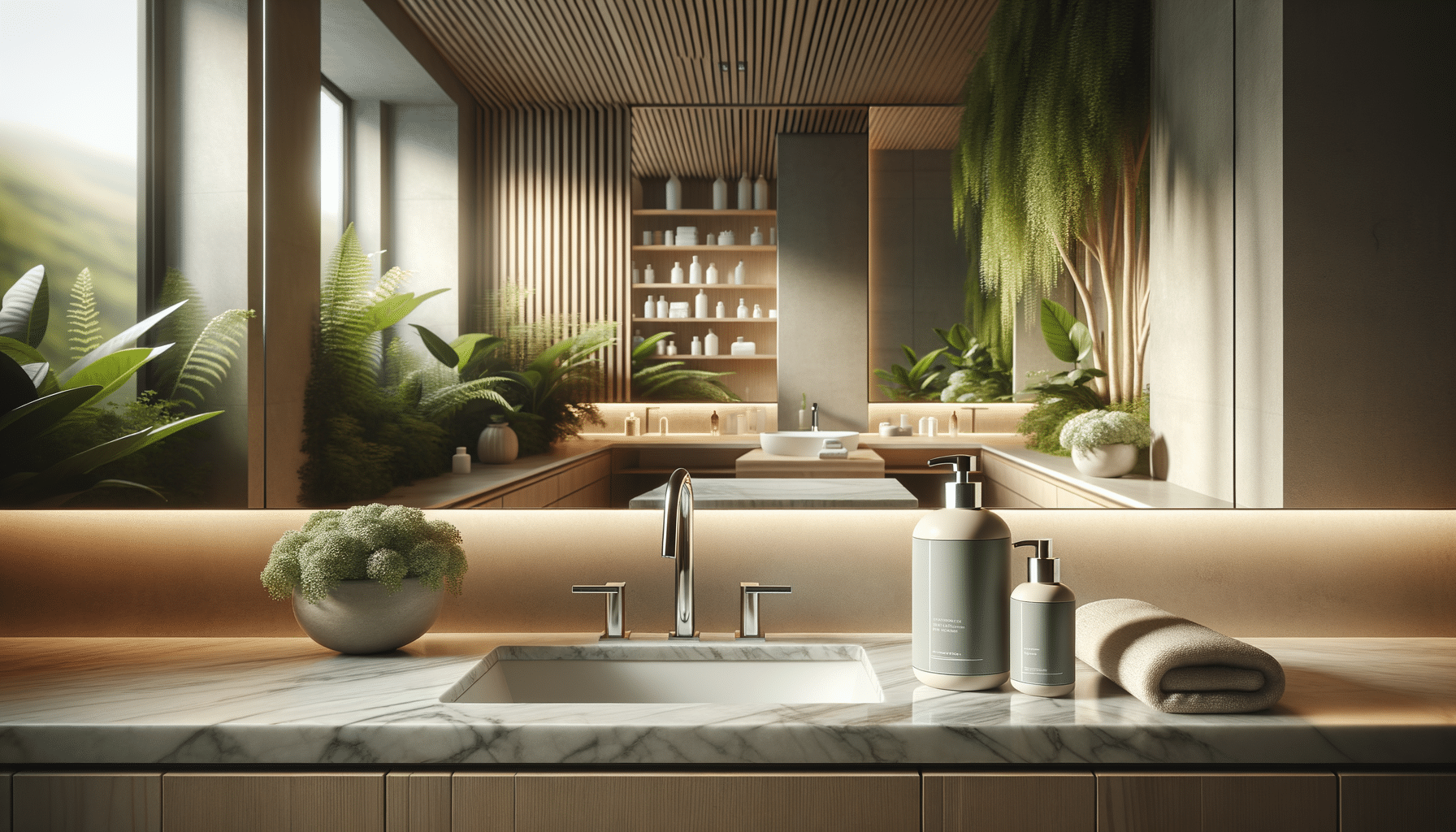
Preafb Office Buildings Explained: Modern Design, Flexibility & Efficiency
Introduction to Prefab Office Buildings
In today’s rapidly evolving world, businesses are continually seeking ways to stay ahead, not only in terms of technology but also in the way their workspaces are designed and utilized. Prefab office buildings have emerged as a transformative solution, offering a blend of modern design, adaptable layouts, and energy-efficient solutions that cater to the dynamic needs of contemporary workplaces. These structures are not only a testament to architectural innovation but also a practical response to the challenges posed by traditional construction methods.
The concept of prefab, or prefabricated, office buildings involves constructing sections of a building in a controlled factory environment before assembling them on-site. This approach not only reduces construction time but also minimizes waste and cost, making it an attractive option for businesses aiming to expand or relocate quickly. As companies strive to create work environments that foster creativity and productivity, the appeal of prefab office buildings continues to grow.
This article delves into the intricacies of prefab office buildings, exploring their modern design elements, the flexibility they offer in terms of layout, and their commitment to energy efficiency. By understanding these key aspects, businesses can make informed decisions that align with their strategic goals and sustainability objectives.
Modern Design Elements in Prefab Office Buildings
Prefab office buildings are at the forefront of architectural innovation, incorporating modern design elements that cater to the aesthetic and functional needs of today’s businesses. The use of sleek materials such as glass, steel, and sustainable wood gives these buildings a contemporary look that is both professional and inviting. Large windows and open spaces are common features, allowing for plenty of natural light, which not only enhances the work environment but also contributes to the overall well-being of employees.
These buildings often feature modular components that can be customized to fit the specific needs of a business. Whether it’s open-plan offices, private meeting rooms, or collaborative spaces, prefab buildings can be tailored to support various work styles and corporate cultures. This adaptability ensures that businesses can create an environment that reflects their brand and values.
Moreover, the modern design of prefab office buildings often includes state-of-the-art technology integration. From smart lighting systems to advanced HVAC controls, these buildings are equipped to support the technological demands of a modern office. This seamless integration of design and technology makes prefab office buildings a compelling choice for forward-thinking companies looking to enhance their operational efficiency and employee satisfaction.
Flexibility and Adaptable Layouts
One of the standout features of prefab office buildings is their inherent flexibility. Unlike traditional construction, which can be rigid and difficult to modify, prefab buildings offer adaptable layouts that can evolve with the needs of a business. This flexibility is particularly beneficial for companies experiencing growth or changes in their operational structure.
The modular nature of prefab structures allows for easy reconfiguration. Walls can be moved, expanded, or removed entirely to create new spaces as required. This adaptability not only saves time and money but also reduces the disruption typically associated with office renovations. Businesses can swiftly adjust their environments to accommodate new teams, technologies, or workflows without significant downtime.
Additionally, the ability to customize layouts means that businesses can experiment with different office configurations to find what works best for their teams. Whether it’s creating quiet zones for focused work or collaborative areas for team projects, prefab office buildings provide the flexibility needed to support a diverse range of activities and work styles. This adaptability is crucial in fostering an environment that promotes innovation and productivity.
Energy-Efficient Solutions
In an era where sustainability is a key consideration for many businesses, prefab office buildings offer a range of energy-efficient solutions that align with environmental goals. These buildings are designed with sustainability in mind, utilizing materials and construction techniques that minimize environmental impact.
One of the primary benefits of prefab construction is the reduction in waste. By building components in a controlled factory setting, manufacturers can optimize material usage and significantly reduce waste compared to traditional on-site construction. This efficiency not only benefits the environment but also translates to cost savings for businesses.
Prefab office buildings often incorporate energy-saving features such as high-performance insulation, energy-efficient windows, and advanced HVAC systems. These features help reduce energy consumption, leading to lower utility costs and a smaller carbon footprint. Additionally, many prefab buildings are designed to accommodate renewable energy sources such as solar panels, further enhancing their sustainability credentials.
By choosing prefab office buildings, businesses can demonstrate their commitment to sustainability while also benefiting from the cost savings and operational efficiencies that come with energy-efficient design. This dual advantage makes prefab buildings an attractive option for companies looking to align their operations with environmental best practices.
Conclusion: Embracing the Future of Workspaces
Prefab office buildings represent a significant shift in how businesses approach workspace design and construction. By combining modern design elements, flexible layouts, and energy-efficient solutions, these buildings offer a compelling alternative to traditional office spaces. As companies navigate the challenges of a rapidly changing business landscape, the adaptability and sustainability of prefab buildings provide a strategic advantage.
For businesses looking to create dynamic and responsive work environments, prefab office buildings offer a pathway to innovation and efficiency. By embracing this approach, companies can not only enhance their operational capabilities but also contribute to a more sustainable future. As the demand for flexible and eco-friendly workspaces continues to grow, prefab office buildings are poised to play a pivotal role in shaping the future of work.


